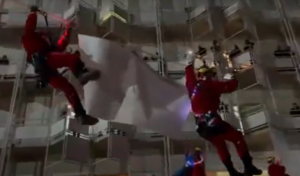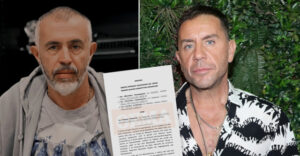The incident that destroyed the now infamous Challenger space shuttle on the morning of January 28, 1986, forever changed the future of NASA’s space programs; however, the true extent of the event spanned much further than anyone could have guessed. In the months following, after much of the original Challenger had been recovered and analysis of the crew’s remains was completed, Dennis E. Powell of the Miami Herald’s Sunday magazine, Tropic, revealed that NASA had kept much of the story to themselves. They did this not out of respect for families but as a cruel PR move to help preserve their public opinion.
The shocking truth that NASA attempted to hide was that the crew of six astronauts and one schoolteacher aboard the Challenger that day had, in fact, survived the explosion and instead met their ends after they plummeted 12 miles into the ocean. Likely embarrassed by their own lack of foresight when it came to preparing the crew for what may have been a survivable loss of life, NASA withheld information and forced people to lie on their behalf in an effort to keep the general public – which had watched the explosion live on their televisions – in the dark.
The cabin of the Challenger actually escaped the explosion mostly intact
A mere 73 seconds after liftoff, the space shuttle Challenger was suddenly engulfed in flames. On the ground, people watching were struck by a confused silence as the broadcast announcement of the status of the astronauts’ departure dramatically cut off; uncertainty flashed across their faces as they tried to figure out what was happening before their eyes.
What they had unknowingly witnessed was the explosion of one of the ship’s rocket boosters that had failed at liftoff. As people watching from the ground saw a fiery cloud engulf the rocket, on board “a sheet of flame swept up past the window of pilot Mike Smith, [and] there could be no question Smith knew — even in that single moment — that disaster had engulfed them.” It is at this point that Smith can be heard uttering a final “uh-oh,” the last thing captured by the in-flight recorder.
Read more HERE
Ask me anything
Explore related questions





